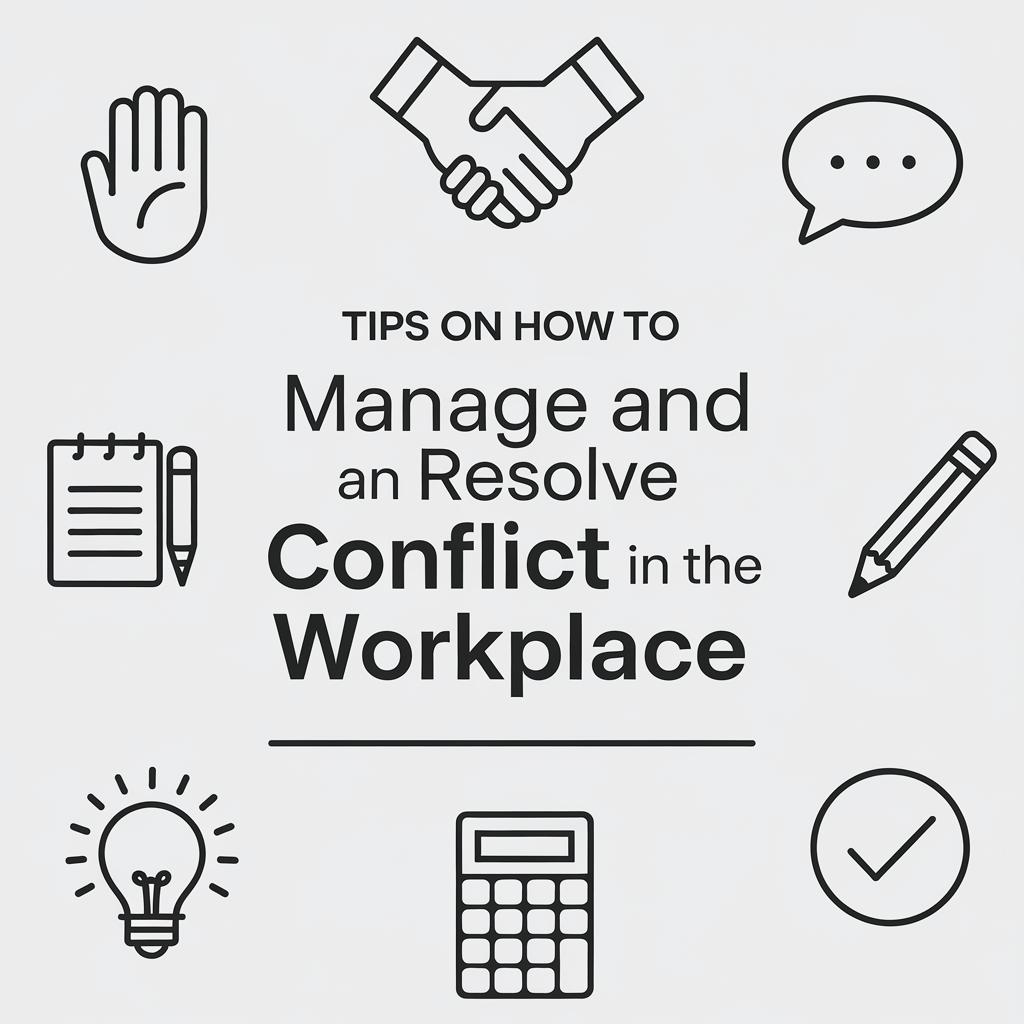The 8 Major Challenges for HR in the Food and Beverage Industry
The food and beverage (F&B) industry is rapidly evolving, shaped by emerging technologies, consumer demands, and global economic shifts. This presents unique challenges for Human Resource Management (HRM) within the sector. From attracting and retaining top talent to managing diverse shifts and regulating costs, HR professionals face an intricate web of responsibilities. This blog post delves into 13 significant HR challenges found in the F&B industry, highlighting strategies that can support HR professionals in navigating them. We will also explore how innovative solutions, like StaffAny, can offer practical assistance. Understanding these complexities helps ensure the industry remains competitive, compliant, and economically viable.
What is Human Resource Management?
Human Resource Management (HRM) is a strategic approach to managing people within an organization. It focuses on optimizing employee performance to achieve organizational objectives. In the F&B industry, HRM plays a pivotal role in managing a diverse workforce, ensuring compliance with labor laws, and fostering a positive work environment. By effectively handling recruitment, training, performance, and employee relations, HR managers contribute directly to business success.
Within the F&B sector, HRM also involves unique challenges, from managing a high turnover rate to addressing the impact of technology on job roles. The dynamic nature of the industry necessitates agile HR practices that can adapt to changes quickly. As such, HRM must continually evolve to address the complexities of this fast-paced industry while supporting organizational goals and employee satisfaction.
13 Challenges of Human Resource Management in the F&B Industry
1. Attracting and Retaining Talent
One of the most pressing challenges in the F&B industry is attracting and retaining skilled talent. With high turnover rates, HR departments must implement effective recruitment strategies that align with a rapidly changing market. Attracting candidates with the right skills may require competitive salaries, benefits, and a strong employer brand that highlights career growth opportunities.
Retaining talent involves fostering a supportive work environment with opportunities for professional development. Successful employee retention strategies might include regular feedback, recognition programs, and pathways for career advancement. Ensuring that employees feel valued and integral to the company’s success is crucial in reducing turnover rates and maintaining a motivated workforce.
2. Managing Multiple Shifts
The F&B industry often requires round-the-clock operations, necessitating the management of multiple shifts. This presents logistical challenges for HR, as they must ensure all shifts are adequately staffed while mitigating staff fatigue and burnout. Effective scheduling strategies and workforce management tools are critical in addressing these challenges.
Additionally, HR must develop systems that ensure smooth transition between shifts. This includes clear communication channels and shift handover procedures. Providing adequate training and resources for shift managers can help maintain consistency and quality across all operational hours.
3. Managing Food and Labour Costs
Balancing food and labor costs is essential for profitability in the F&B industry. HR plays a critical role in managing labor costs by optimizing staffing levels, minimizing overtime, and reducing turnover. Implementing cost-effective practices without compromising service quality is a complex task.
HR must work closely with other departments to develop budgeting strategies that align with business objectives. By analyzing labor data and maintaining budgets, HR can contribute to the financial health of the organization. Leveraging technology for workforce management can also improve efficiency, thereby reducing unnecessary expenses.
4. Training and Development
The F&B industry is characterized by continuous change, requiring ongoing training and development of staff. HR must identify skills gaps and provide relevant training programs to ensure employees are equipped to adapt to new trends and technologies. Ongoing training also enhances employee engagement and job satisfaction.
Investing in robust development programs can lead to a more competent workforce capable of delivering exceptional service. This requires a commitment to creating learning opportunities, whether through on-the-job training, workshops, or e-learning platforms, to keep pace with industry changes.
5. Skills Gap and Rapid Technological Advancements
Technological advancements are transforming the F&B industry, leading to a skills gap as employees must quickly adapt to new tools and systems. HR must address this gap by identifying critical technology-related skills and developing comprehensive training initiatives that support employees in acquiring these skills.
Developing partnerships with educational institutions and investing in technology training can help bridge the gap. Encouraging a culture of continuous learning and adaptability ensures employees remain relevant and valuable in a technology-driven industry landscape.
6. Managing Customer Expectations
Customer expectations in the F&B sector continue to evolve, influenced by trends in culinary arts and service delivery. HR has a role in ensuring employees are trained to meet these expectations, emphasizing soft skills like communication, problem-solving, and customer service.
HR must also gather feedback to understand customer needs and align workforce development strategies accordingly. By fostering a customer-centric culture, HR can help enhance the overall customer experience, driving repeat business and brand loyalty.
7. Adapting to Technology
As the F&B industry becomes increasingly digital, HR must facilitate the adoption of new technologies that streamline operations and improve productivity. This includes implementing systems for workforce management, employee engagement, and communication. HR professionals must lead the charge in fostering digital literacy within the organization.
Technology adoption requires thorough assessment and training to maximize its benefits. HR’s role involves not only introducing these tools but also ensuring they are integrated effectively into daily operations. By overcoming resistance to change, HR can help the organization embrace technology and enhance its competitive edge.
8. Adhering to Regulations
Compliance with labor laws and industry regulations is non-negotiable in the F&B sector. HR is responsible for ensuring all practices meet local labor standards, including minimum wage laws, overtime pay, and health and safety regulations.
To navigate the complexities of regulatory compliance, HR must stay informed about changes in legislation and ensure all employees are trained in relevant policies and procedures. Through thorough compliance audits, HR can mitigate risks and uphold the company’s reputation.
9. Data Privacy and Security
Data privacy and security have become critical issues as the F&B industry leverages digital technologies to collect and store sensitive information. HR must ensure employee and customer data is handled responsibly, meeting legislative requirements for data protection and privacy.
Implementing strong security protocols and employee training programs helps mitigate data breaches and builds trust with stakeholders. HR must collaborate with IT departments to ensure robust data security measures are in place, safeguarding the organization from potential threats.
10. Diversity, Equity, and Inclusion (DEI)
Fostering a diverse and inclusive workplace is essential for attracting top talent and improving overall business performance. HR must develop DEI strategies that create a culture of respect, where all employees can thrive regardless of their background.
This involves implementing fair recruiting practices, promoting diverse leadership, and addressing unconscious biases through training and education. Effective HR policies can create a work environment where diversity is embraced, equity is ensured, and inclusion is practiced daily.
11. Employee Engagement and Retention
Employee engagement is directly linked to retention rates, job satisfaction, and productivity. HR must employ strategies to boost engagement, such as recognizing employee achievements, fostering open communication, and creating development opportunities.
Regular engagement surveys can provide insights into employee morale and areas needing improvement. Tailoring HR policies to enhance engagement can lead to higher retention rates, reducing the costs associated with recruitment and training new staff members.
12. Remote Workforce Management
The COVID-19 pandemic has accelerated the shift towards remote work, presenting HR with new challenges in workforce management. HR must create policies that support a hybrid work model, balancing remote and on-site employees effectively.
This requires investment in digital tools and platforms that facilitate collaboration and communication. HR should also ensure remote workers feel connected to the organization through regular updates, virtual team-building activities, and flexible work arrangements.
13. Employee Well-being and Mental Health
Employee well-being and mental health are gaining recognition as critical components of a successful workplace. HR must devise wellness programs that support physical and mental health, encouraging employees to maintain work-life balance and seek professional help when needed.
Fostering a supportive environment includes providing access to counseling, wellness resources, and promoting open dialogue about mental health. By prioritizing employee well-being, HR can enhance productivity, reduce absenteeism, and create a more positive work culture.
Overcoming HRM Challenges with StaffAny
StaffAny is a technology-driven solution that addresses many HR challenges in the F&B industry. Its features streamline scheduling, time tracking, and compliance management, reducing administrative burdens and enhancing operational efficiency.
By utilizing StaffAny, HR professionals can optimize workforce management, improve employee engagement, and ensure adherence to labor laws, ultimately supporting business growth and profitability. Embracing innovative solutions allows HR teams to meet current challenges head-on, fostering a resilient and adaptable workforce.
| Key Challenges | HR Strategies |
|---|---|
| Attracting and Retaining Talent | Offer competitive salaries, foster career growth, and create a supportive work environment. |
| Managing Multiple Shifts | Utilize workforce management tools and establish clear communication channels. |
| Managing Food and Labour Costs | Optimize staffing levels and implement cost-effective practices. |
| Training and Development | Identify skills gaps and provide continuous learning opportunities. |
| Skills Gap and Technological Advancements | Develop technology training and encourage a culture of learning. |
| Managing Customer Expectations | Train employees in customer service and gather feedback to adapt strategies. |
| Adapting to Technology | Facilitate digital literacy and integrate technology into daily operations. |
| Adhering to Regulations | Stay informed about legislation changes and conduct compliance audits. |
| Data Privacy and Security | Implement strong security protocols and train employees on data protection. |
| Diversity, Equity, and Inclusion | Develop fair recruitment practices and promote diverse leadership. |
| Employee Engagement and Retention | Recognize employee achievements and create development opportunities. |
| Remote Workforce Management | Invest in digital collaboration tools and support hybrid work models. |
| Employee Well-being and Mental Health | Provide wellness programs and foster open dialogue about mental health. |


